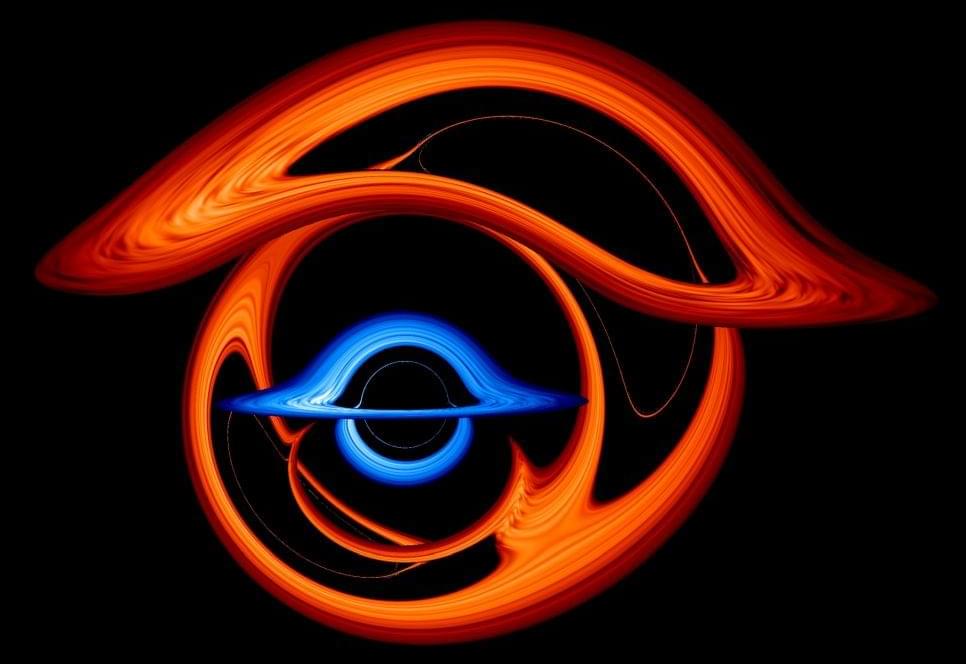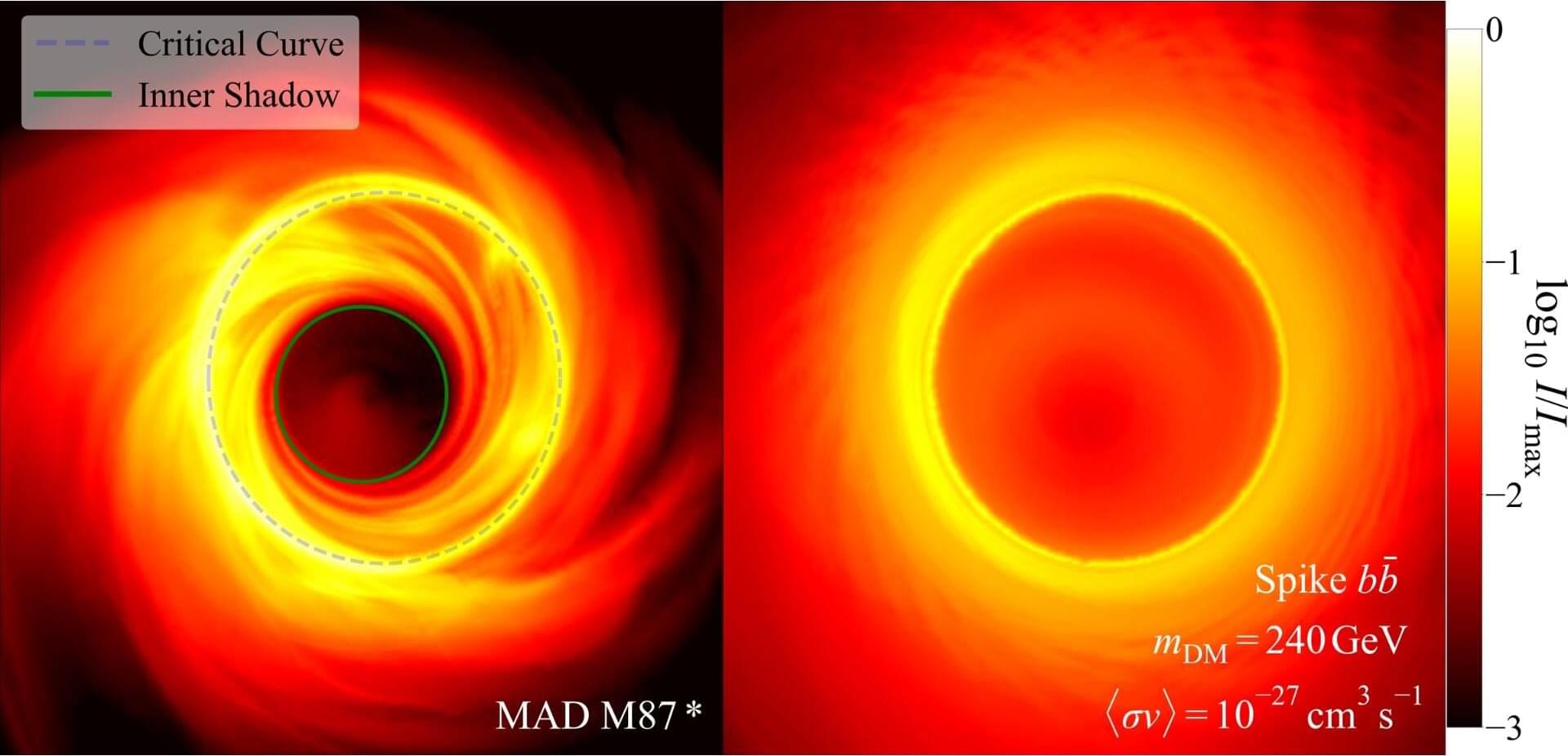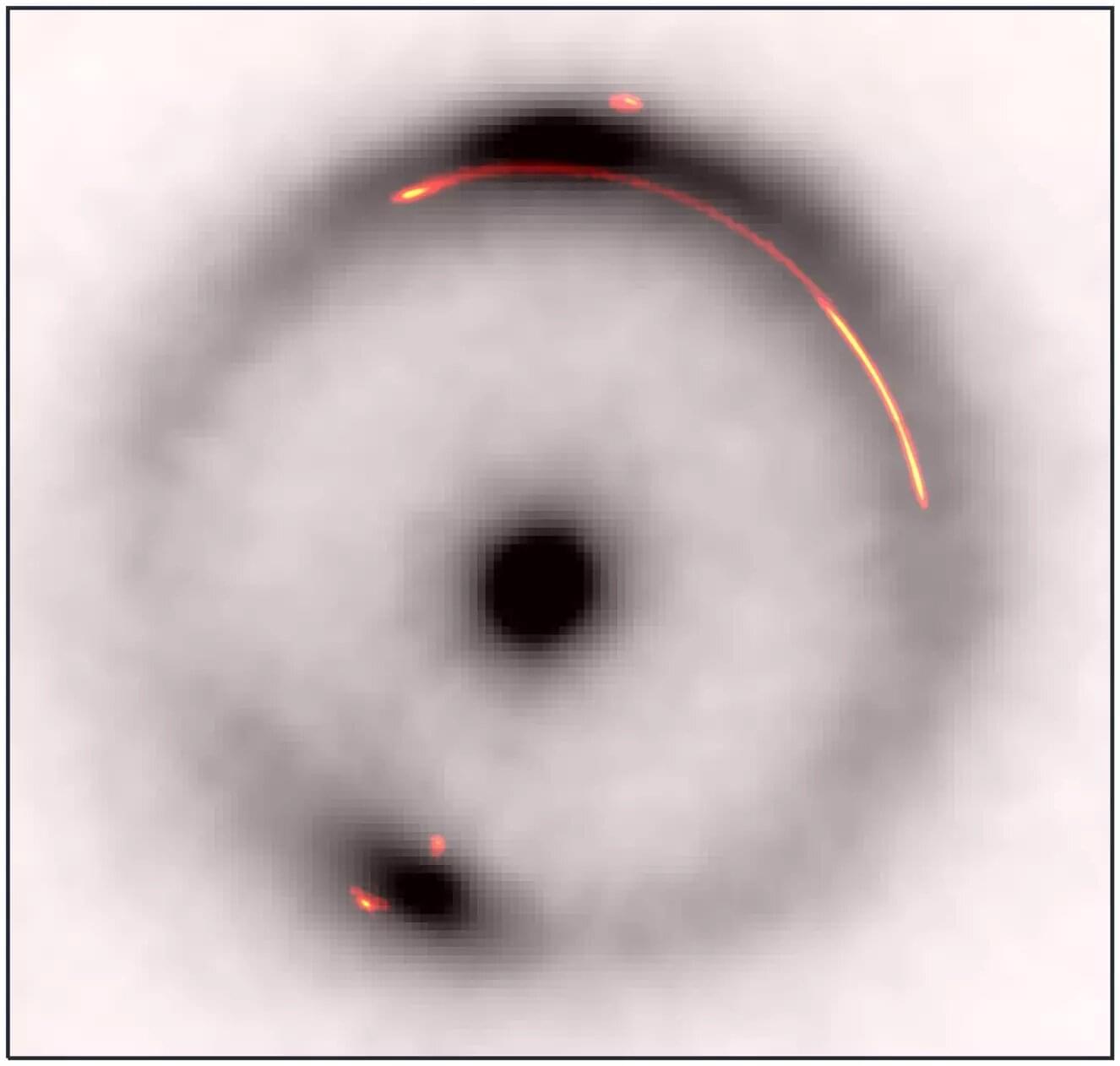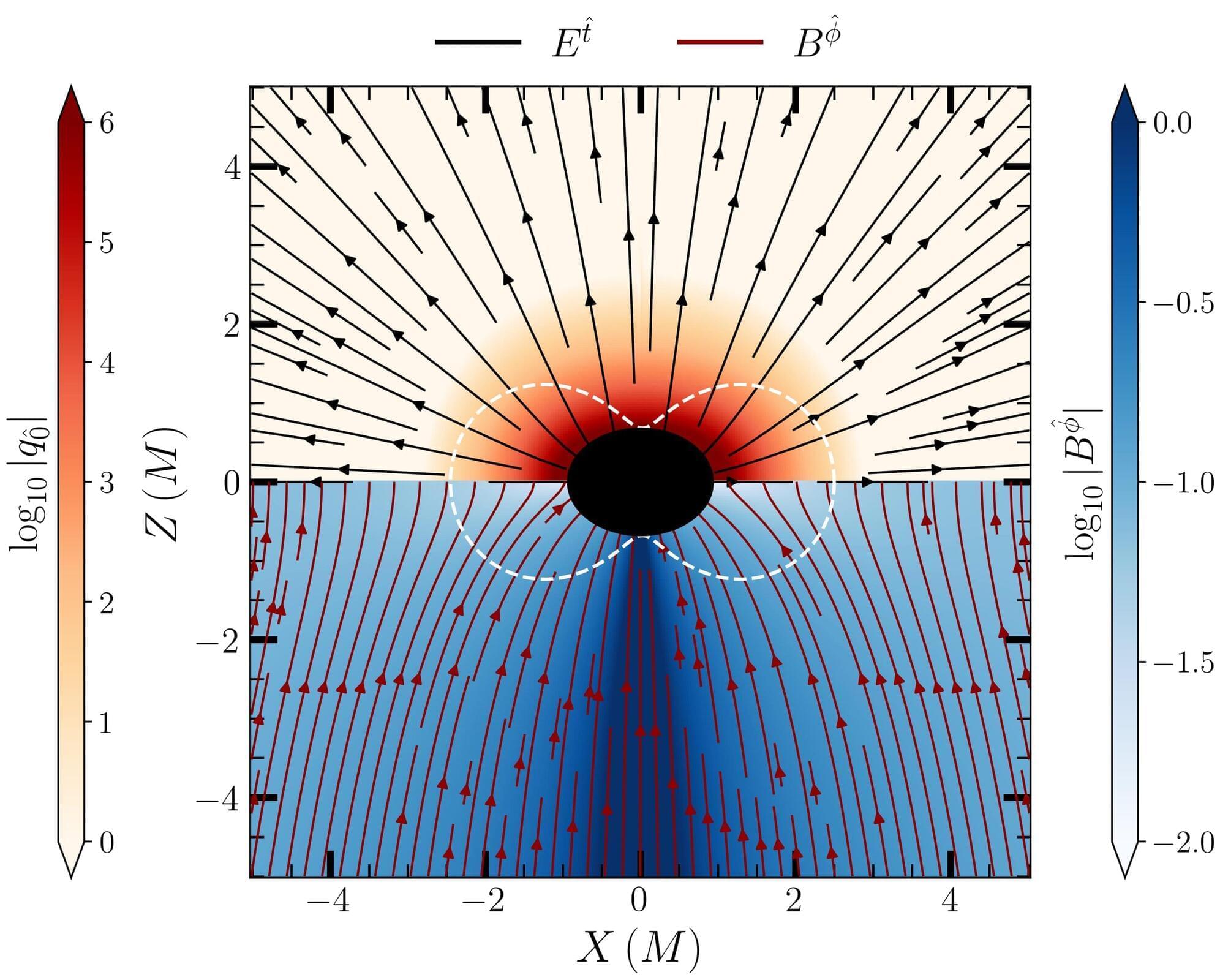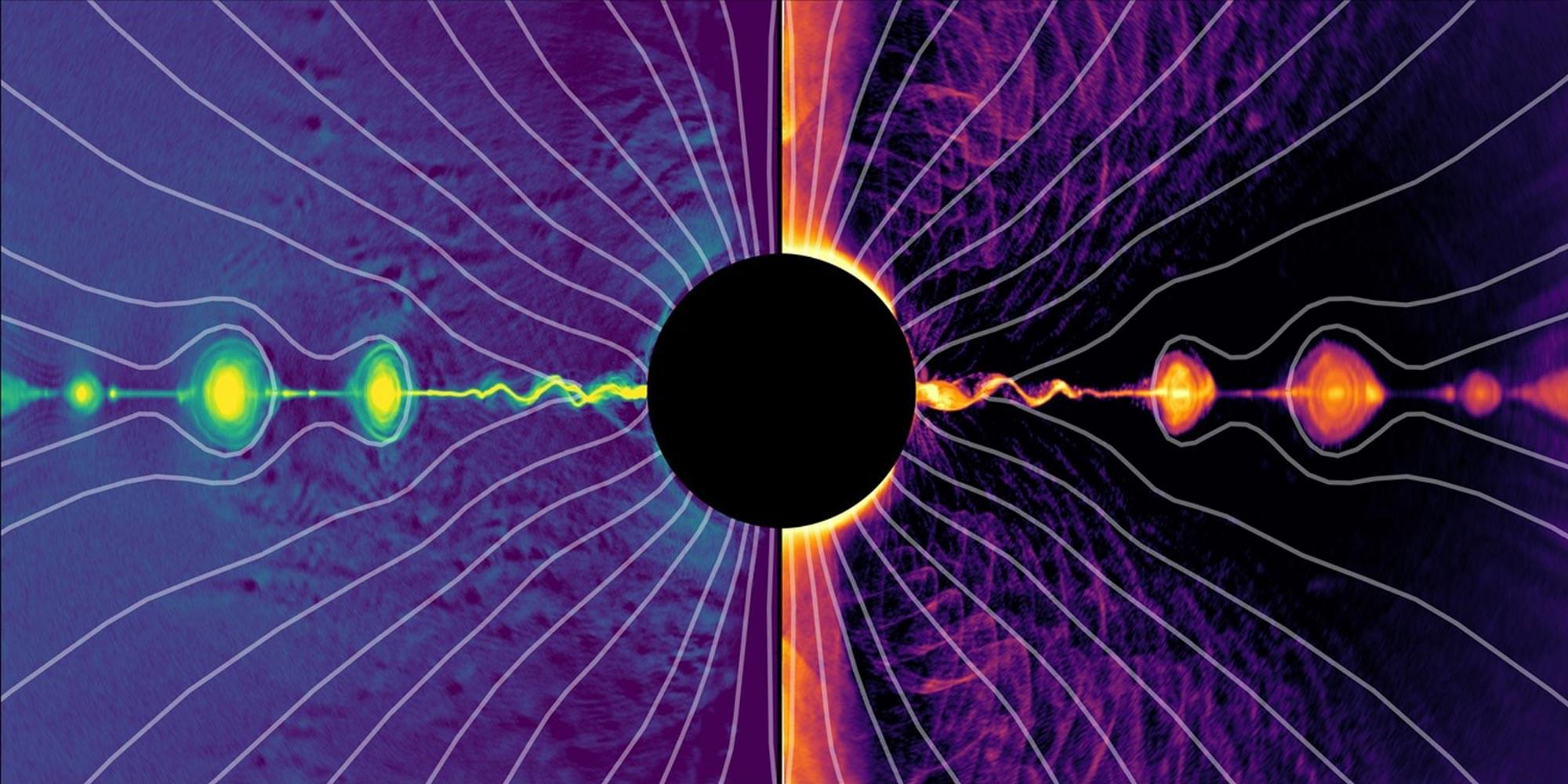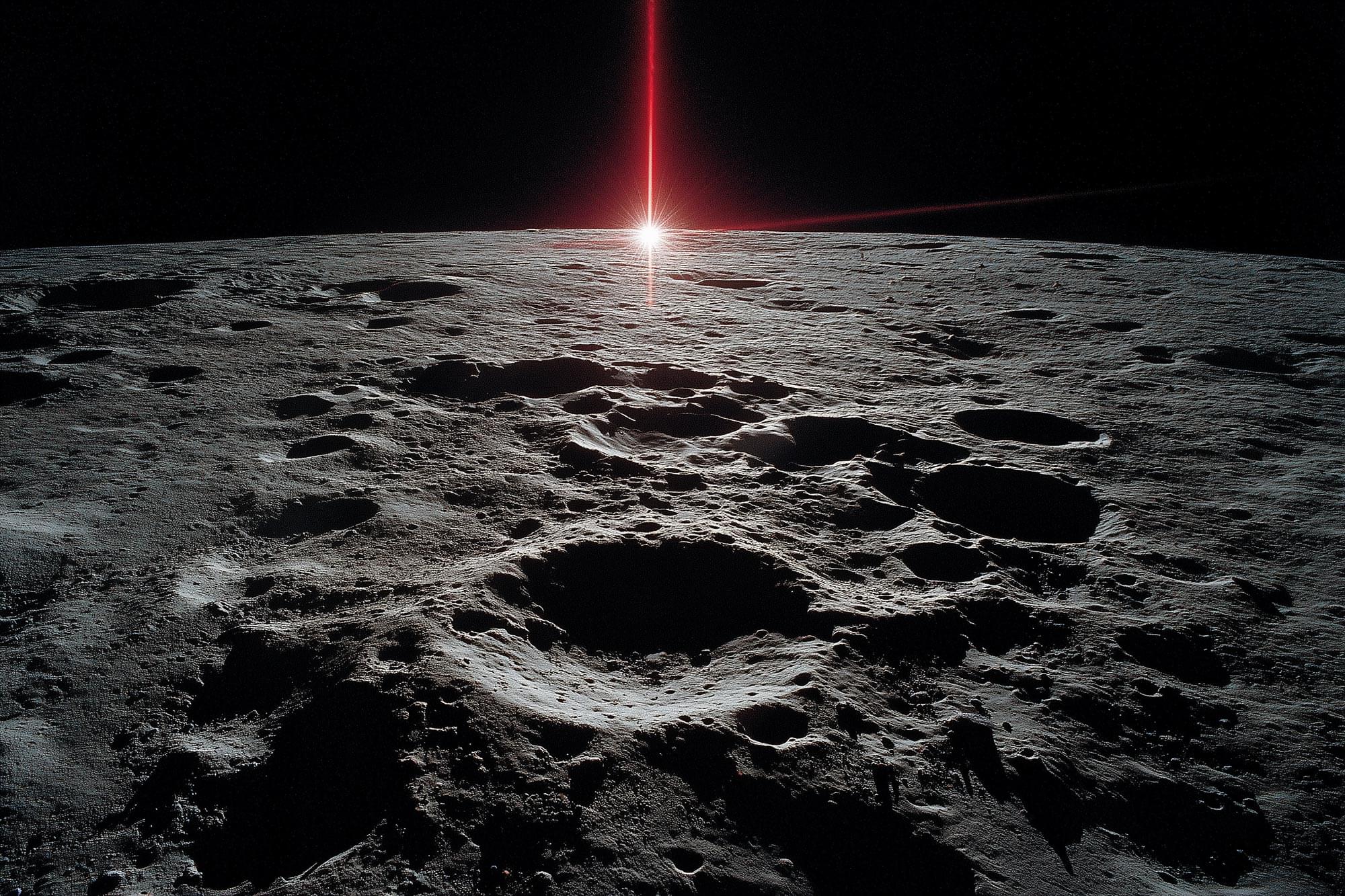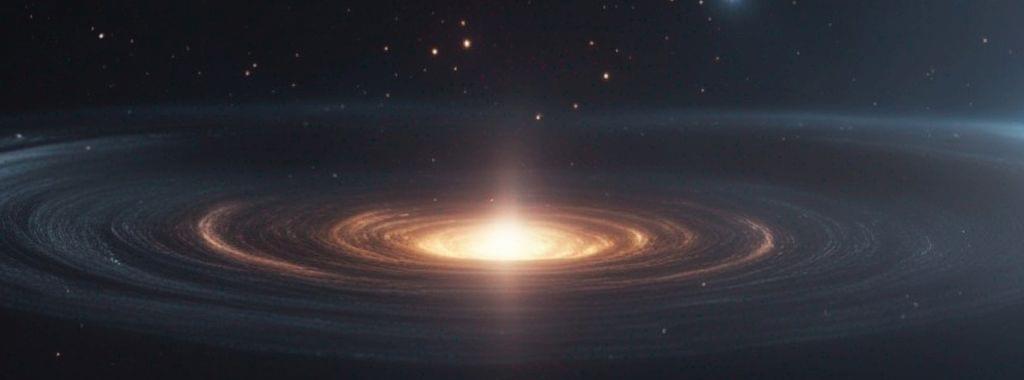A neutron star’s viscosity determines how the star interacts with gravitational waves, a behavior that could be useful to the study of neutron-star interiors.
The detection of gravitational waves from mergers of black holes and neutron stars has opened a window onto the strong-gravitational-field regime, allowing physicists to put constraints on various gravitational theories [1, 2]. These observations also have the power to probe the ways in which such compact objects interact with gravitational waves hitting their boundaries or, in the case of neutron stars, passing through their interiors [3]. Valentin Boyanov at the University of Lisbon in Portugal and his colleagues have now investigated such interactions in detail, analyzing how an object’s response to passing gravitational waves is influenced by its viscosity [4]. Their results could allow researchers to extract information about the internal structure of neutron stars from future gravitational-wave measurements.
Boyanov and colleagues tackle the following questions: Under what conditions do viscous compact objects such as neutron stars reflect or absorb gravitational waves? And to what extent do these interactions mimic those of black holes? At first, it might seem that black holes in particular cannot be reflective―after all, their defining feature is that they absorb everything that falls on them. But in practice, whether a black hole absorbs or reflects gravitational waves depends on the frequency of those waves. High-frequency gravitational waves cross the event horizon and are absorbed, adding to the black hole’s mass and angular momentum. For low-frequency waves, on the other hand, the curved space time around the black hole constitutes a potential barrier to the wave propagation: The waves are “reflected,” meaning that they scatter off this region with their phase or their propagation direction altered.
